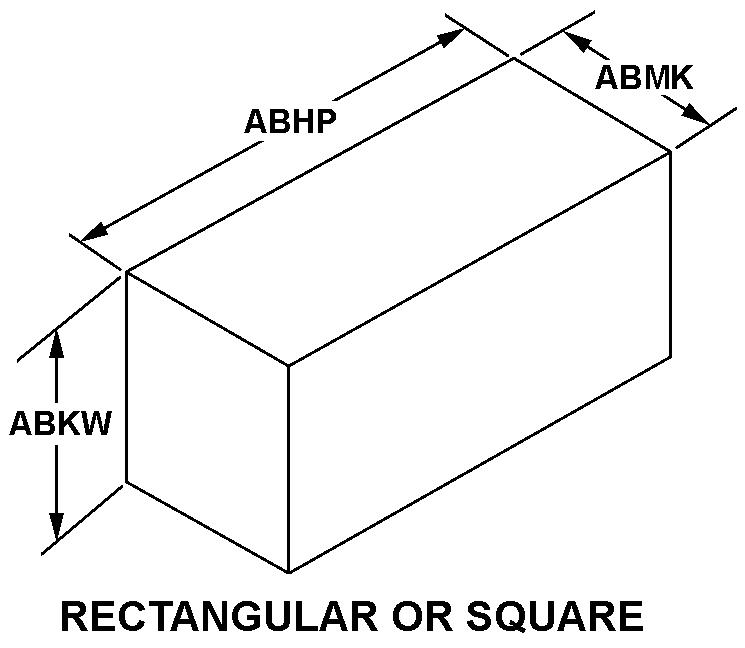5996000868720
Price Quote Get an up to date pricing and availability quote for this product. Order online or over the phone.
Quality Commitment
Serving our customers with quality and safety first.
- AS9120 Certified
- Audited supply chain
- ITAR Registered
- DDTC Registered
- HAZMAT Certified
- Customer service objectives
- Every product 100% inspected

5996-00-086-8720 Specification Set by the OEM (see RNCC code 3)
4.250in. ⁓4-1/4"
3.915in.
2.953in.
dustproof
not rated
rectangular or square
encased
automatic
mechanical
remote
solid state
500.0 kilohertz operating channel
continuous
3.0
778.000 millivolts output
600.000 ohms output channel
receptacle, coaxial rear
1 receptacle, coaxial external
20.0 single voltage
3.0 kilohertz
amplifier, intermediate freq, radio, except navigation, nonairborne
Cross Reference Parts Part numbers that meet the specification outlined on this page and set by the OEM
Identification Item Identification Guide (IIG) and Item Name Code (INC)

Definition Definition of approved item name (AIN): "AMPLIFIER,INTERMEDIATE FREQUENCY"
An electronic device whose input signals controls a local source of power and delivers an output signal of greater amplitude with respect to current and/or voltage. The output signals characteristics are uniformly related to the input signals. It is tuned to a single fixed frequency which is the resultant of heterodyne action between a local oscillator frequency and a signal frequency introduced from an external source.
5996-00-086-8720 Material Hazmat, Precious Metals, Criticality, Enviroment, and ESD
Indicates there is no data in the hmirs and the nsn is in a fsc not generally suspected of containing hazardous materials.
Precious metal content is unknown
Represents items with no adp components
The item does not have a nuclear hardened feature or any other critical feature such as tolerance, fit restriction or application.
Identification Codes
HMIC: Hazardous Material Indicator Code. A one position code that identifies a hazardous item.
PMIC: Precious Metal Indicator Code. A one position code which identifies items that have precious metals as part of their content. precious metals are those metals generally considered to be uncommon, highly valuable, and relatively superior in certain properties such as resistance to corrosion and electrical conductivity.
ESD: Electrostatic Discharge. Indicates if an item is susceptible to electrostatic discharge or electromagnetic interference damage. electrostatic discharge damage occurs when an accumulation of static electricity generated by the relative motion or separation of materials is released to another item by direct contact. electromagnetic interference damage occurs when an item comes into proximity with an electrostatic or magnetic field.
ENAC: Enviromental Attribute Code. Identifies items with environmentally preferred characteristics.
CRITL: Criticality Indicator Code. Indicates an item is technically critical by tolerance, fit, application, nuclear hardness properties, or other characteristics.






